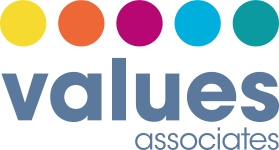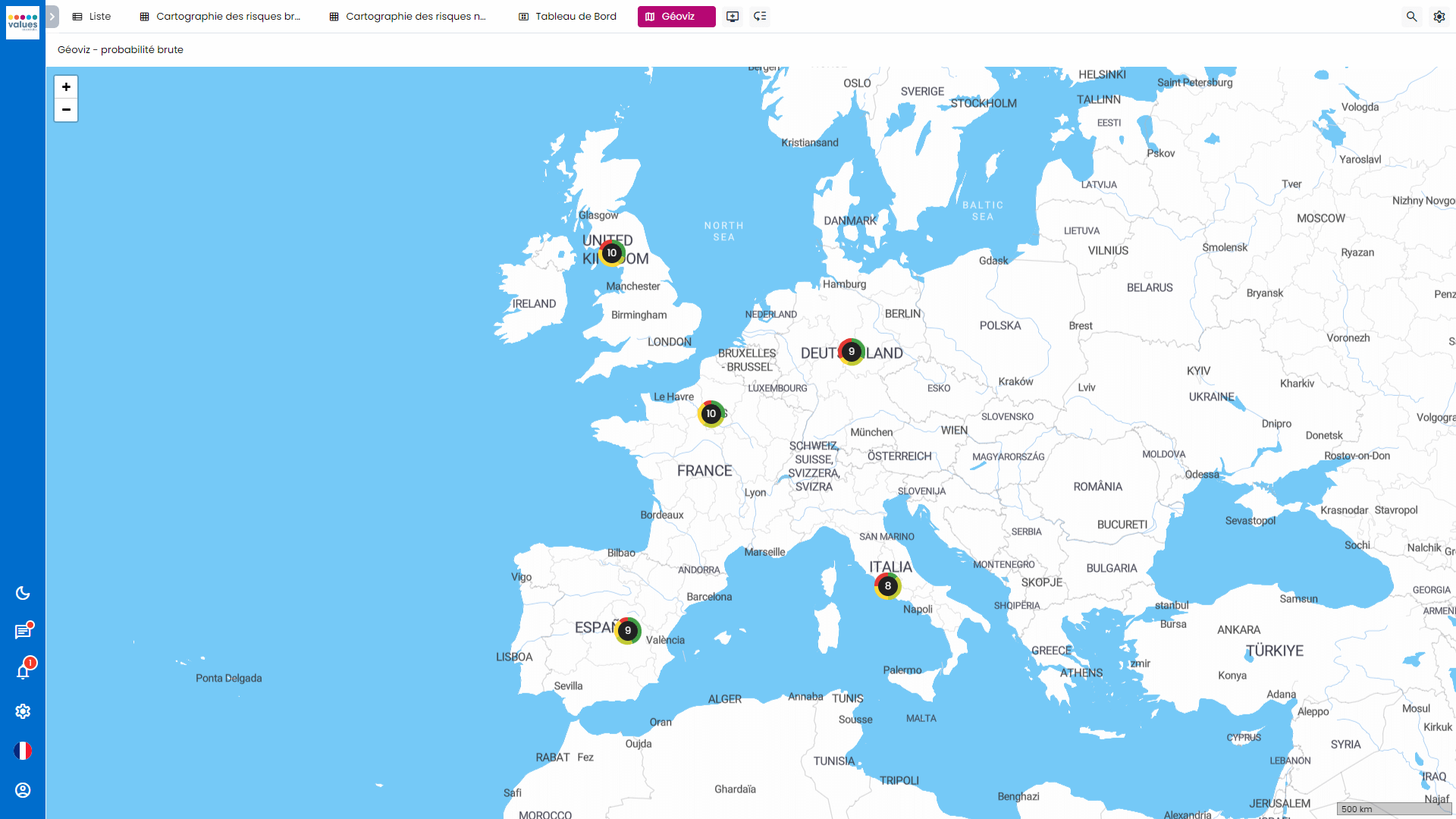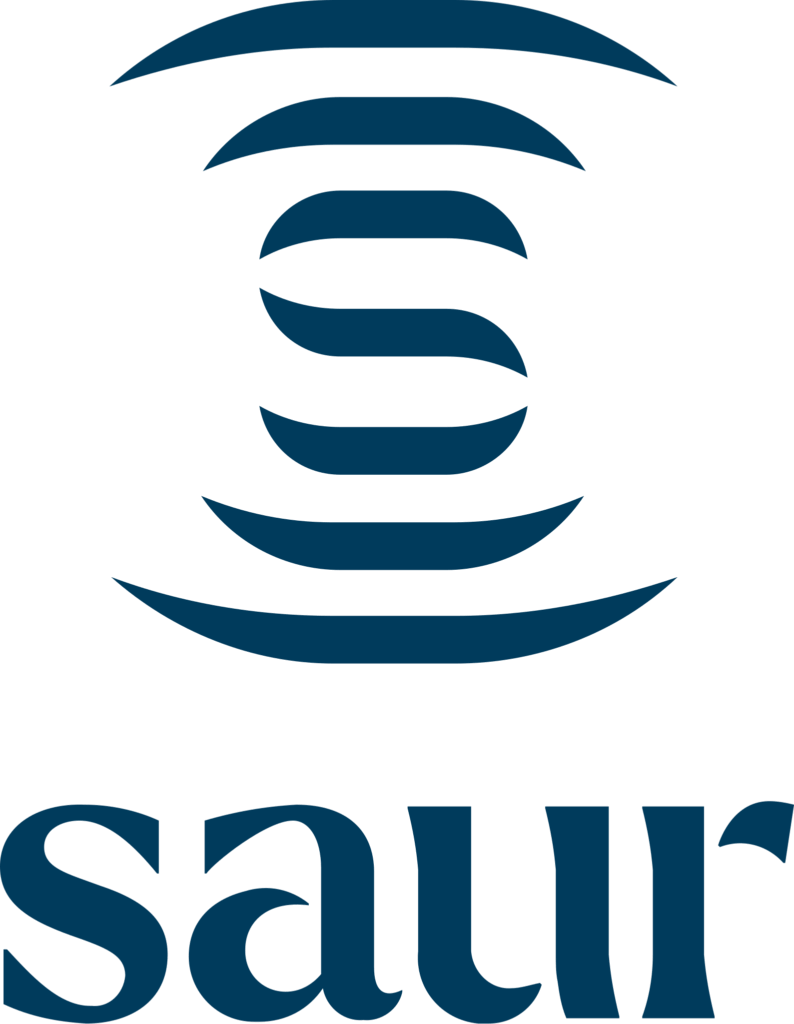SAPIN 2 SOFTWARE
Cartography module
corruption risks
Our Corruption Risk Mapping module enables you to draw up your corruption and influence peddling risk matrix interactively and dynamically, in line with the AFA’s recommendations.
The benefits of our corruption risk mapping module
Identify, assess and rank your corruption risks
Create or transpose your corruption risk repository and document all corruption risks identified within your organization, providing detailed descriptions according to their nature and scope to facilitate the assessment of each of your risks (gross, net).
Benefit from dynamic, real-time reporting
Ensure regular communication with all stakeholders through indicators and reporting covering the various stages of your system, enabling you to anticipate, assess and manage the corruption risks your organization may face
Manage your organization's corruption risks
Develop and implement specific controls and action plans. Controls can be created from a risk or directly from a control library.
Different control points can be listed within a control to indicate the steps to be carried out.
Action plans can be created when assessing a risk, carrying out an inspection or directly from the action plan module.
Centralized, up-to-date documentation
Centralize all actions from your organization’s bribery risk register, bribery risk control register, bribery risk matrix, to the audit trail of risk assessment changes.
They’re talking about us…
“The Values Associates team stands out for its great responsiveness, especially when it comes to solving the problems identified. What’s more, they are proactive in suggesting alternative solutions that perfectly match our needs.”
Compliance officer
Interested in our
third-party risk assessment software?
Contact us!
Error: Contact form not found.
VALUES ASSOCIATES undertakes to keep the processed PIIs only for the time necessary for processing, plus the legal limitation periods during which the information will be archived for any accounting, tax or legal claim. Please read our privacy policy for more information on the data processing we carry out and the rights you have regarding your personal data.
What does the Sapin 2 law say about corruption risk mapping?
The French Anti-Corruption Agency has reaffirmed the central role of risk mapping in the development of an anti-corruption system.
These risks of corruption and influence peddling are identified according to the sectors of activity and geographical areas in which an organization operates. In practice, this requires the definition of risk scenarios covering the exposed processes for each activity. Once the risks have been identified, they need to be ranked in order of importance, and a relevant and effective system for managing them needs to be identified or defined.
Risk mapping is one of the most complex and demanding exercises involved in meeting the obligations of the Sapin 2 law.
Draw up your map following the AFA’s 6-step methodology:
1️⃣ Identifying the roles and responsibilities of stakeholders
2️⃣Identifying processes and risk scenarios
3️⃣Gross risk assessment
4️⃣Net risk assessment
5️⃣Prioritizing risks and defining associated action plans
6️⃣Formalization, updating and archiving
As our software is fully customizable, the fields supplied by default can be personalized (by modifying labels, adding or deleting fields, etc.).
How do I use risk mapping software?
Steps 1 and 2: roles, responsibilities, processes and risk scenarios
- Specify the roles and responsibilities of the stakeholders identified as part of your mapping process, according to the specific characteristics of your organization.
- Identify and formalize the risks related to the various activities selected. This identification work requires a combination of “top down” and “bottom up” approaches, notably through workshops or targeted interviews, in order to gain an overall view of the risks incurred at all stages of a given process. This is a particularly crucial and time-consuming stage, given the complexity of the perimeters to be covered. Rely on a risk catalog.
- If necessary, distribute a questionnaire to relevant and pre-established targets within the various entities of your organization. Visualize the results obtained, via a thematic and geographic overview of the corruption risk present within your organization, enabling you to identify elements to prioritize or on which it is relevant to launch a more in-depth analysis.”
Steps 3 and 4: Risk assessment
- List each of the risks identified according to criteria of impact and frequency, the nature of the impact (reputational, legal, financial, economic or juridical) and the associated aggravating factors, followed by the elements of control.
- Document your valuation methodologies, whether they relate to gross or net risks.
Step 5: prioritization of risks and definition of action plans
- Visualize your risks on a dynamic matrix
- Zoom in on a risk to find its file and modify certain elements with a real-time update of your matrix.
- Document and manage your action plans (nature, priority, responsibilities and actors, milestones, etc.) and make them live in a collaborative way
- Drive action plans via animated data visualizations
Step 6: Formalization, updating and archiving
- Keep a centralized, structured record of the methods and methodologies used and the results obtained
- Update and maintain your cartography independently
- Keep all historical data, in particular those that may be requested by the AFA: trace of exchanges with the staff concerned (schedules, notes, written summaries), method of calculating gross, net or residual risks” and the associated definitions, procedures for identifying and classifying risks, versions of the risk maps presented to the management bodies and the validations, action plans, minutes of dedicated committees, audit trails. validations, action plans, minutes of dedicated committees, audit trails
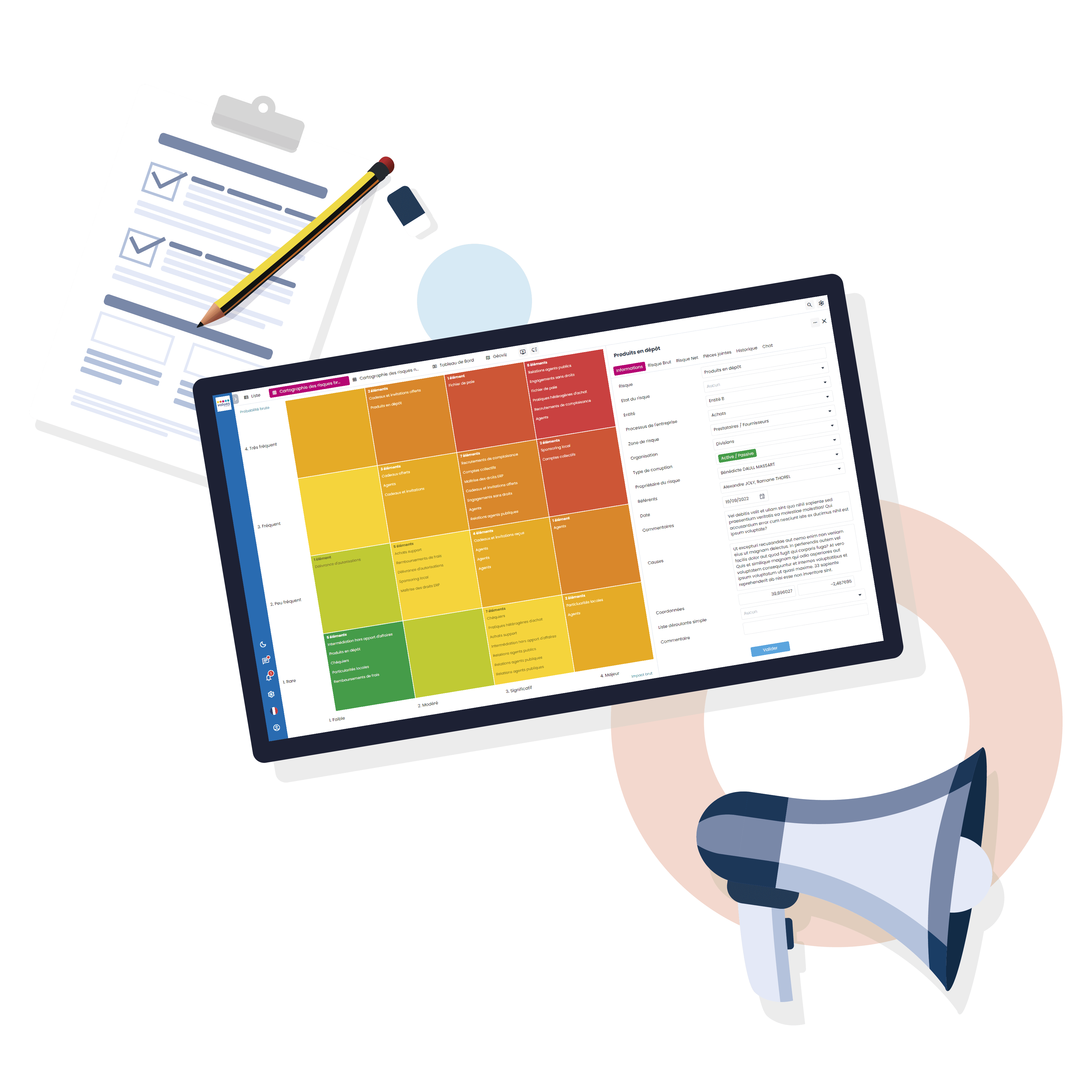
Why choose our corruption risk mapping software?
Intuitive and fully customizable, our software for corruption risk mapping software helps you to effectively identify and analyze the risks to which your organization is exposed. By centralizing all relevant data, it enables you to create a clear and precise overview of potential areas of vulnerability.
Our secure, high-performance solution guarantees rigorous management of your legal obligations and optimum protection against the risks of non-compliance, particularly in accordance with the Sapin 2 law.
Used alone or in conjunction with the other modules in our Sapin2 software range, it strengthens your organization’s governance in terms of preventing corruption, and facilitates decision-making thanks to real-time data visualization and analysis tools.
Automate centralize and analyze your risks with a comprehensive solution that promotes transparency, while contributing to proactive management and optimized governance.
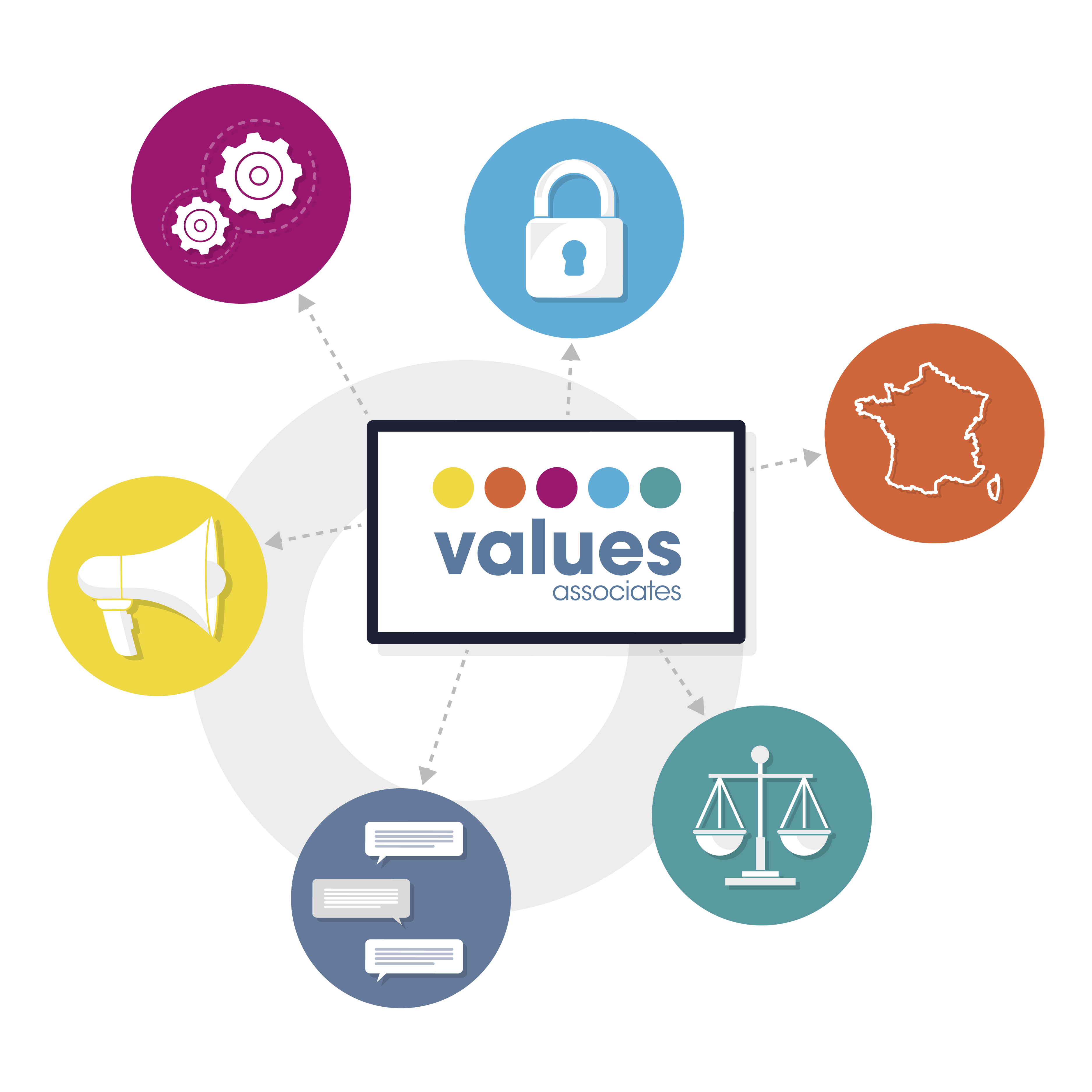
FREQUENTLY ASKED QUESTIONS ABOUT CORRUPTION RISK MAPPING
Why is it important to map corruption risks?
Corruption risk mapping is central to the compliance measures defined under the Sapin 2 law. Mapping corruption risks enables organizations to proactively define and assess the risks associated with their specific internal and external context.
How does corruption risk mapping help you comply with the Sapin 2 law?
The Sapin 2 law requires organizations to identify and prevent corruption risks. These risks are specific to each organization. Risk mapping provides an overview of potential threats and documents the organization’s efforts to comply with anti-corruption challenges.
What are the main elements taken into account in mapping corruption risks?
Key elements include the identification of risk areas (linked, for example, to each of the organization’s processes or to its,relationships with third parties), the assessment of the likelihood and impact of the risks identified, and the implementation of measures or controls to mitigate these risks. Factors such as the frequency of interactions, the size of transactions, and relationships with public officials are particularly scrutinized.
What is corruption risk mapping software?
A corruption risk mapping software is a tool designed to help organizations identify, assess and manage the corruption risks to which they may be exposed. It enables these risks to be visualized in the form of maps or matrices, facilitating understanding of their distribution and criticality within the organization.
How can corruption risk mapping software help your organization?
Dedicated software simplifies the mapping process by facilitating exchanges, centralizing data, automating analyses and updates, and providing visualization and management tools. This saves time, improves the accuracy of assessments, and ensures better management of corruption risks over the long term.
What are the particularities of a corruption risk map?
Unlike global or major risk mapping, the sole purpose of corruption risk mapping is to identify, analyze, prioritize and manage the organization’s corruption risks in the normal course of business, based in particular on the business sectors and geographical areas in which it operates.
The AFA insists that a corruption risk map must be complete, formalized and built according to a methodology that is documented, structured (e.g. by business line or by process), progressive and up-to-date.
